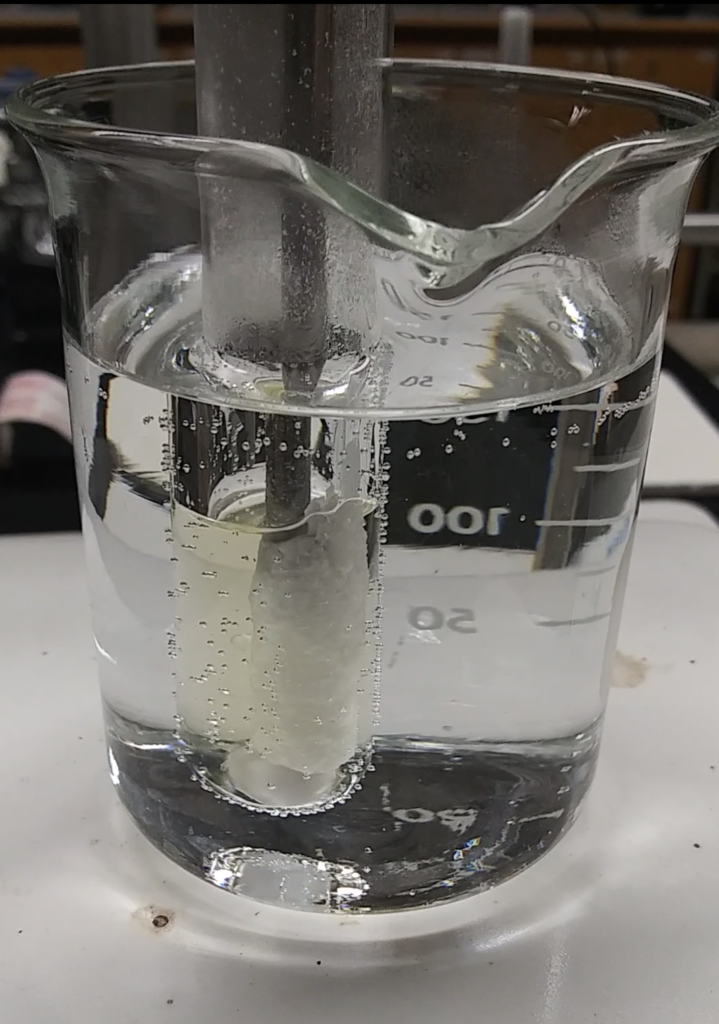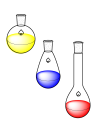Teaching Materials
March 24, 2020GENERAL CHEMISTRY
Do chemists have all solutions? is a chemistry laboratory that explores the solubility of inorganic salts and organic compounds in water and oleic acid; as well as saturation and units for concentration. Students will analyze if the structure and functional groups in a molecule can tell us something about its solubility in water. The students will also learn how to prepare aqueous solution and calculate the grams of the solute they need for it. Students will calculate the solubility in g solute/100g of water of saturated solutions of an specific molarity, and write the dissolution equations for several inorganic salts. Below, you can find the lab guide for students, usually this lab is done in two weeks. Because of the current Coronavirus crisis, the results file have links to videos and data the students need to complete the lab.

If you are not part of the solution, you are part of the ______________? is a chemistry laboratory that explores three different chemical reactions. A redox, a precipitation and a neutralization reaction. Students will balance chemical reactions, calculate moles of reactants and products, calculate the expected mass of products and percent error. Below, you can find the lab guide for students, usually this lab is done in two weeks. Because of the current Coronavirus crisis, the results file show some pictures of the reactions and data the students need to complete the lab. This results’ file also contains the links to the videos of the reactions and procedures required to complete the lab.
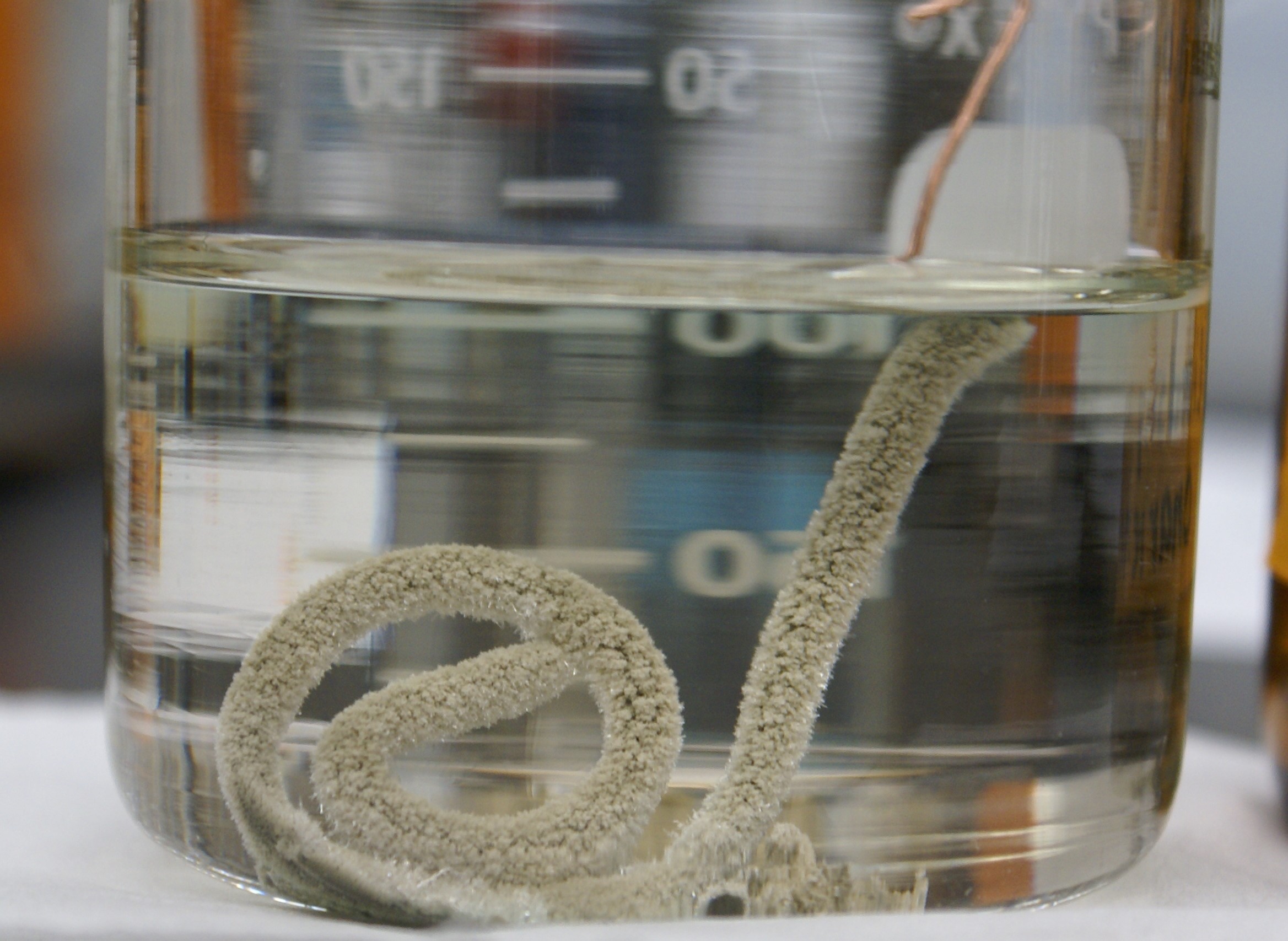
Heartburn, Gas Bloating and Indigestion? is a chemistry laboratory that explores the effect of temperature on the Alka-Seltzer reaction rate. The Alka-Seltzer reaction is an acid-base reaction that produces carbon dioxide gas. The amount of gas produced in time can be followed by containing the gas in a balloon and following its growth. In this lab, students will balance a chemical reaction, calculate moles of reactants and products, calculate the expected volume of carbon dioxide, calculate the rate of the reaction at different temperatures, and calculate the activation energy for the reaction. Below, you can find the lab guide for students. Because of the current Coronavirus crisis, the results file show some pictures and data the students need to complete the lab. This results’ file also contains the links to the videos of the reactions. The pptx file BalloonDiameters contains pictures of the balloons at different times, so students can find the diameter of the balloon to calculate the volume of the gas considering the balloon as a sphere. Please make sure you save a copy of the Google Spreedsheet (link in lab guide) before you start working on it, that way you do not modify to my file!
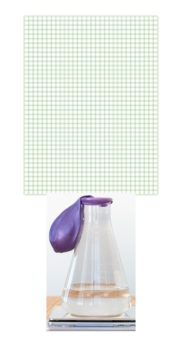
PHYSICAL CHEMISTRY
Thermo Demos is a chemistry laboratory that explores thermodynamic concepts. This lab includes five demonstrations: Fire Syringe (gas compression), Imploding Can, Ball and Ring (metal expansion), Balloon Inversion, and Rubber band stretching (entropy). Below, you can find the lab guide for students, usually this lab is done in one week. Because of the current Coronavirus crisis, the results file show some pictures of the reactions and data the students need to complete the lab. This results’ file also contains the links to the videos of the lab procedures required to complete the lab.
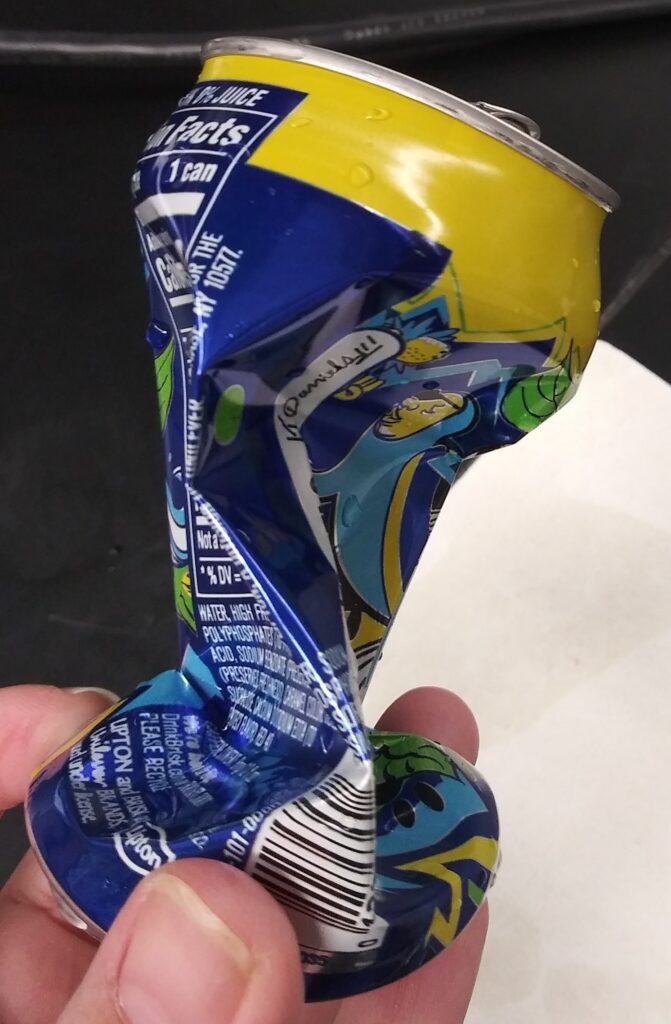
Finding the heat capacity of metals and the enthalpy of an acid-base reaction is a chemistry laboratory that explores calorimetry. Students will determine the heat capacity of a styrofoam calorimeter, the heat capacity of five different metals and the heat of an acid-base reaction; knowing the heat capacity of the metals they can identify the nature of the metal. Below, you can find the lab guide for students, usually this lab is done in two weeks. Because of the current Coronavirus crisis, the results file show some pictures of the reactions and data the students need to complete the lab. This results’ file also contains the links to the videos of the lab procedures required to complete the lab.
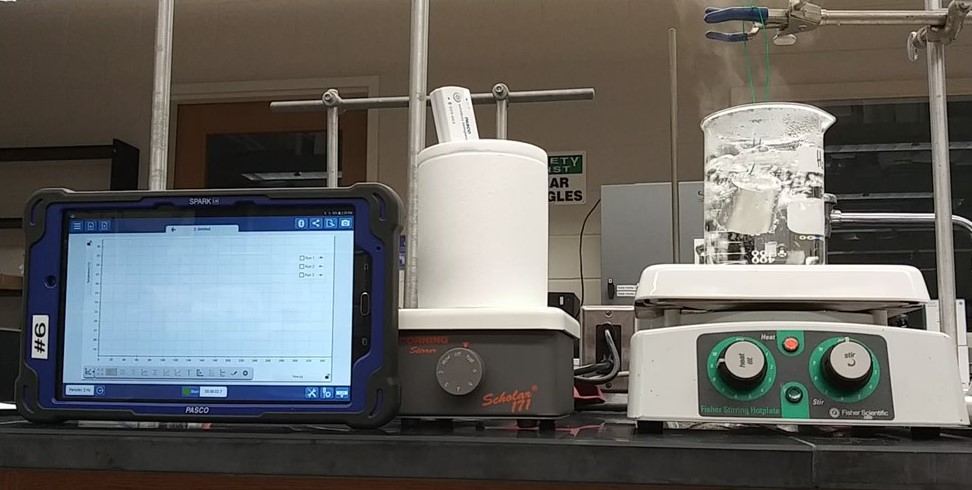
Freezing Point of a Binary Mixture is a chemistry laboratory that explores the change of the freezing point of a mixture of two organic acids. Because of COVID, I provide to the students the temperature-time data for analysis; therefore, students will graph the freezing point of the mixture vs the molar fraction of one of the acids and answer a few questions. Since this lab is not my original, I will not share the lab guide. But, I will share the data of temperature vs time for several molar fractions of the mixture, so you can use them and create your own questions. The results file below contains the links to the videos of the lab procedures and pictures that provide the mass of the different compounds for the different trials; also, I share below the excel file with the temperature vs time data.
